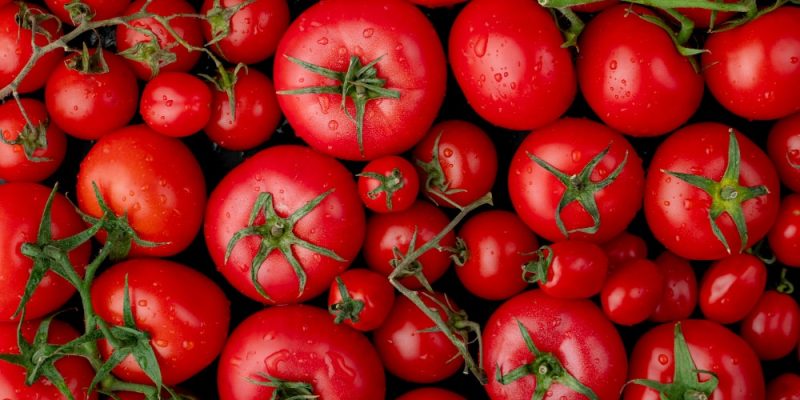If you are looking for a way to extend the growing season for your tomatoes, or if you want to protect your plants from the harsh summer sun, you may want to consider using shade cloth. Shade cloth is a type of fabric that is designed to block out the sun’s rays. It can be used to create a shady area in your garden, or it can cover your tomatoes.
Shade cloth a type of agricultural netting is an inexpensive way to protect your tomato plants from the sun. It is easy to install and can be found at most garden centers or online retailers. But not everyone knows why you need them for their garden as the benefits are not much popular among the gardeners. So with this article, you will be able to learn why this shade fabric is so important to the plant.
Why do you need shade cloth for tomato plants?
A shade cloth is used to protect tomatoes from the harsh rays of the sun. The sun can scorch the leaves of the plant, causing them to turn brown and dry out. A shade cloth helps to keep the leaves cool and moist, preventing them from drying out and dying. Because even though tomatoes require high temperature climates to prosper. It does not mean overexposure to sunlight will not be harmful to the plant.
And that is why it requires an appropriate amount of sunlight controlled by a shade cloth. This is the case when it comes to many vegetables and fruits, not just tomatoes. So you need to know about this if you are someone who grows crops on a farm or a greenhouse. Because soil and water are not only the vital nutrients you need to provide for your crops to blossom into beautiful and fruitful harvests.
What type of shade cloth do you need to choose?
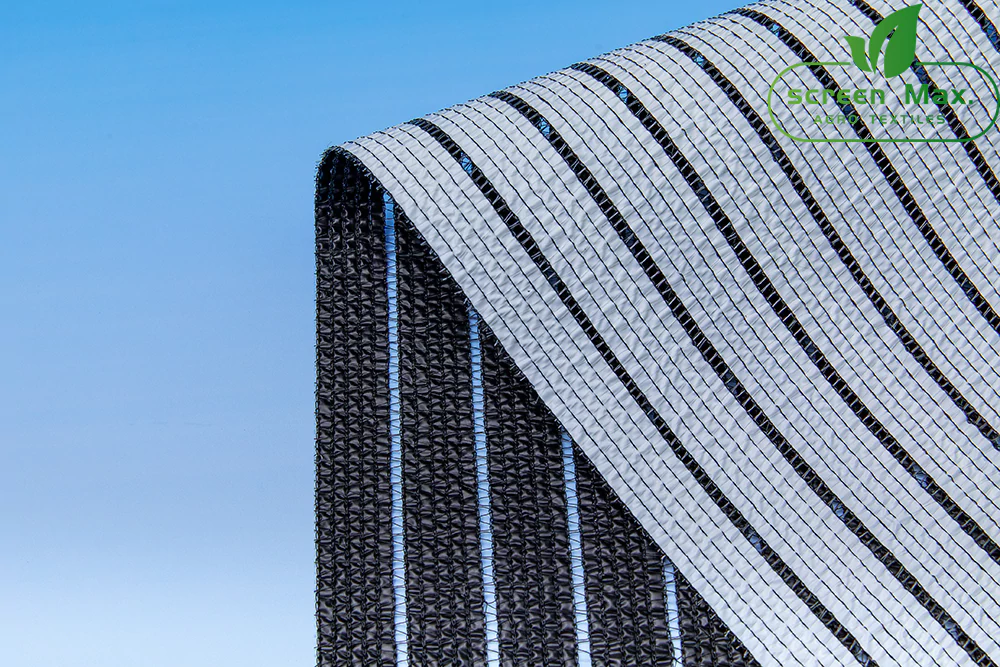
The ones that are popular right now as the best shade cloth fabric for tomatoes are the aluminet white shade cloth. Because it reflects most of the sun’s rays and only allows a percentage that is appropriate to the plant, unlike black shade cloth. And this will allow the plant to avoid sunscald and ripen perfectly until harvest time. Reduction of plant damage is minimized to a great extent with the use of shade cloth under the summer heat.
This shade cloth is suitable for early season tomatoes as well. And it will help them to last until the yielding time. And also make sure the fabric is a knitted shade cloth instead of woven. Because the woven shade fabric is not suitable to use as a cover around tomatoes.
What’s the best shade cloth density for shading tomatoes?
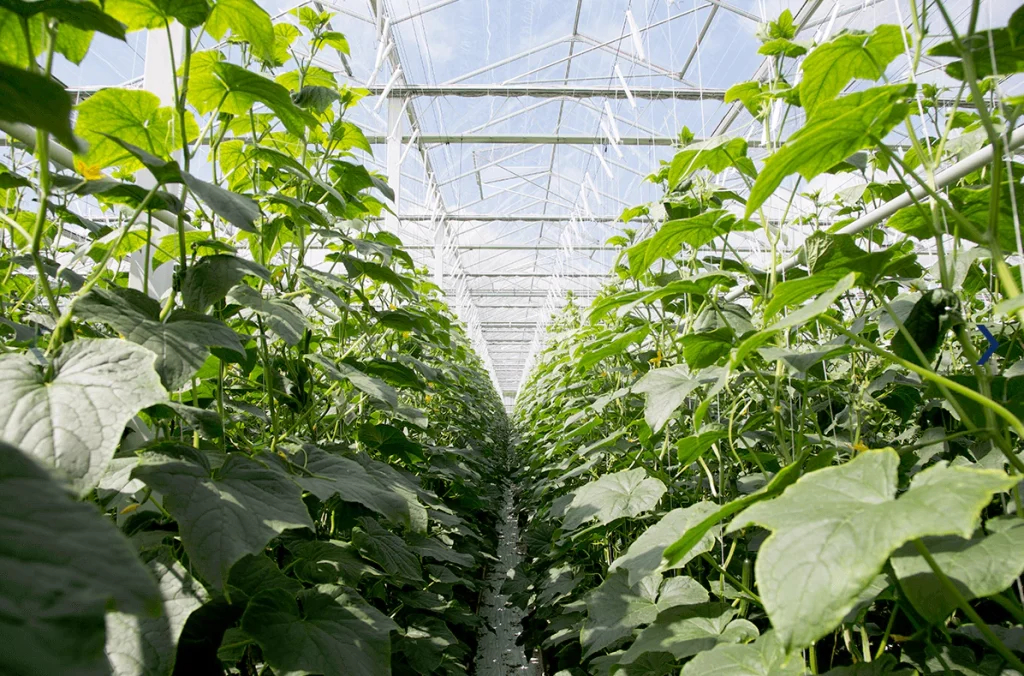
The best shade cloth density for shading tomatoes is 50 percent. This will provide enough shade to protect the vegetable from the sun while still allowing them to get the necessary amount of sun exposure.
If you are starting your tomatoes from seed, you should use a different density shade fabric than if you are buying grown plants. It is important to remember that the seedlings need light to germinate and grow.
When you are using a 50 percent fabric, you are not providing enough light for your plants to begin growing. If you are starting your plants from seed, you should use a 30 percent fabric. This will provide the tomatoes with enough light to germinate and grow but will still allow them to get enough sun exposure for their needs.
But be careful of the fabric as it will also prevent rainwater from getting into the soil. If you are growing tomatoes in containers, make sure that they have drainage holes to keep water from accumulating on top of the container.
If you want to start your tomatoes off early, it may be a good idea to cover them with a shade fabric until they are about 6 inches tall. You can remove the shade cloth after that point and place the plant in the garden. The tomatoes will grow and flower much faster once they have been exposed to more sunlight.
How to Choose the Best Shade Fabric for Your Garden?
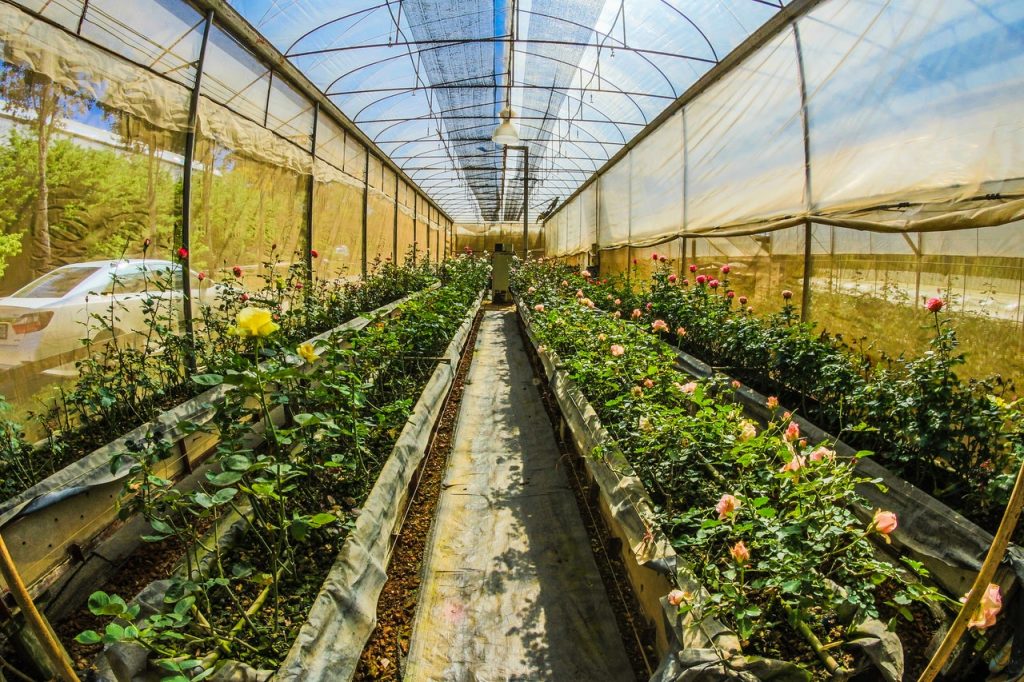
There are many different types of shade fabrics for tomatoes in your garden. The choice of which one is best depends on a variety of factors, including what you want to grow and how much space you have available for it.
Shade cloths can be used to cover tomato plants or other crops, to protect them from harsh weather conditions, and to help them grow faster. When it comes to covering your tomatoes with shade cloth, there are two main types: Shade-cloth-covered cages. These provide protection for the tomato plant and also let air flow through the plants. Shade-cloth-covered cages are usually made of mesh and may be tied to the tomato plant. Some come with stakes that you can insert into the ground to help support the cage.
The stakes are often placed on either side of the cage and at an angle to support the cage. Tomato cages with stakes and shade cloth are a less expensive type of cage, but you have to tie it to the plant by hand. It’s easy to set up and can be moved around if you need to grow your tomatoes in another area of the garden. You will still need to stake the cage in place.
Stakeless tomato cages do not need to be tied down to the ground. They work well for small plants and can be used in areas where the soil is rocky or heavy clay. The seeds need to be planted in a tray or seed starting mix in order to germinate. If you use a seed starting mix, add enough water to keep the soil moist. Once the seedlings have germinated, you can transplant them into individual containers or directly into the garden.
YSNetting – What makes us the best place to buy shade cloth and all types of agricultural netting
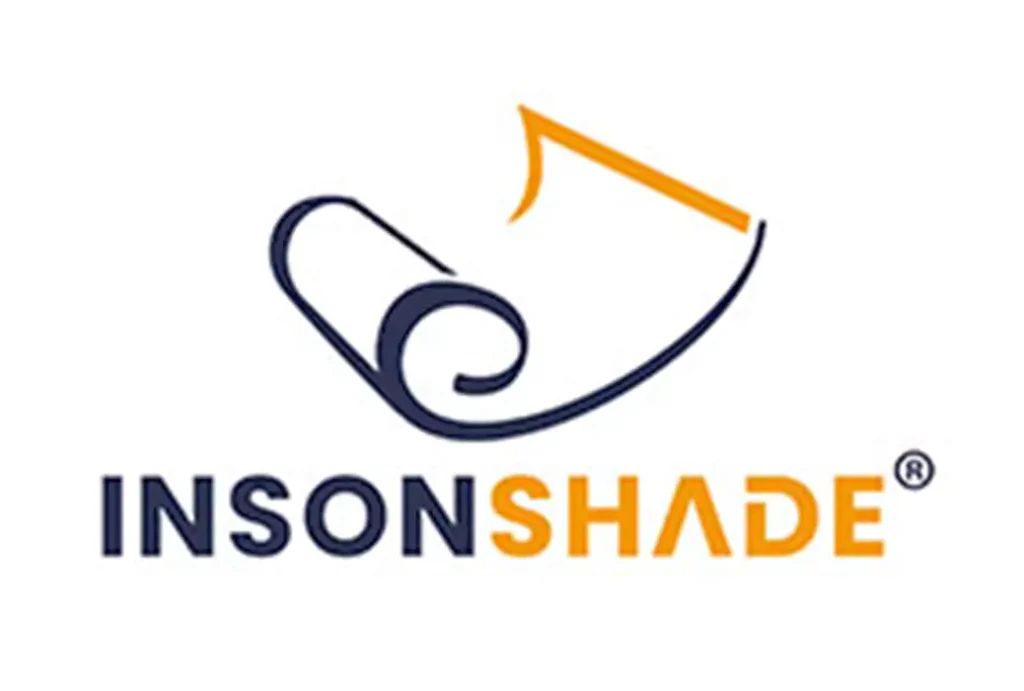
YSNetting has the right products for your needs. And we take pride in our product selection, quality, and customer service. Our large inventory is continually being refreshed with new products from some of the most trusted brands in the industry.
Our company also has the largest shade fabric and agricultural netting inventory available anywhere. We carry a full line of shade fabrics including polyethylene, vinyl, cotton, jute, modacrylic, nylon, polyester, and more. So we carry all types of shade fabrics, from roll-up to roll-out, from lightweight to heavy-duty, and from long-lasting to quick-drying. We also carry the finest quality netting that can withstand the harshest conditions, including the best selection of woven, welded and knitted shade cloths.
If you need to buy shade cloth or netting, look no further than our website. We have been in business for over 10+ years and we know what we sell. We know our products and we are your local experts, so contact us today and make your first inquiry.
